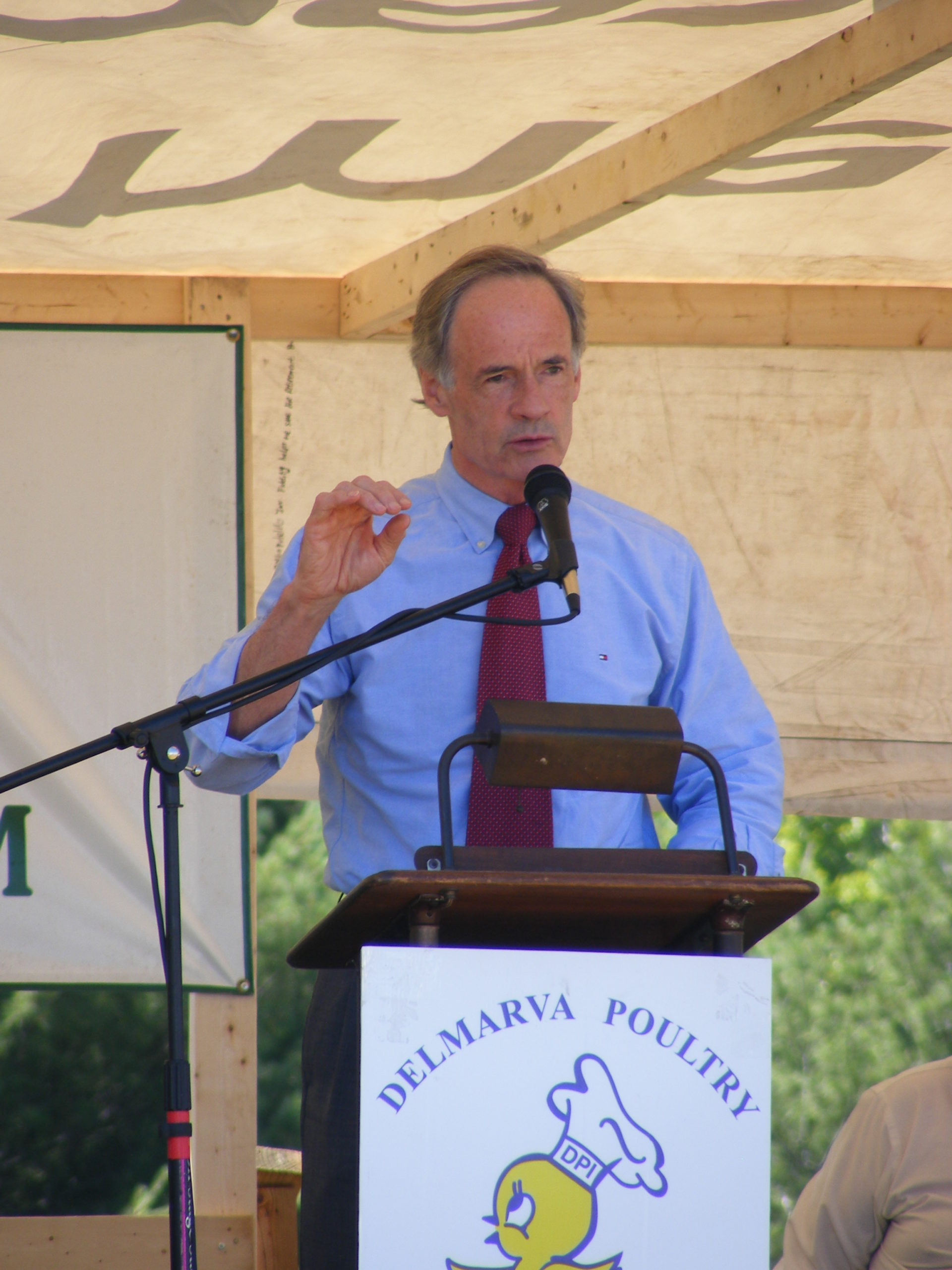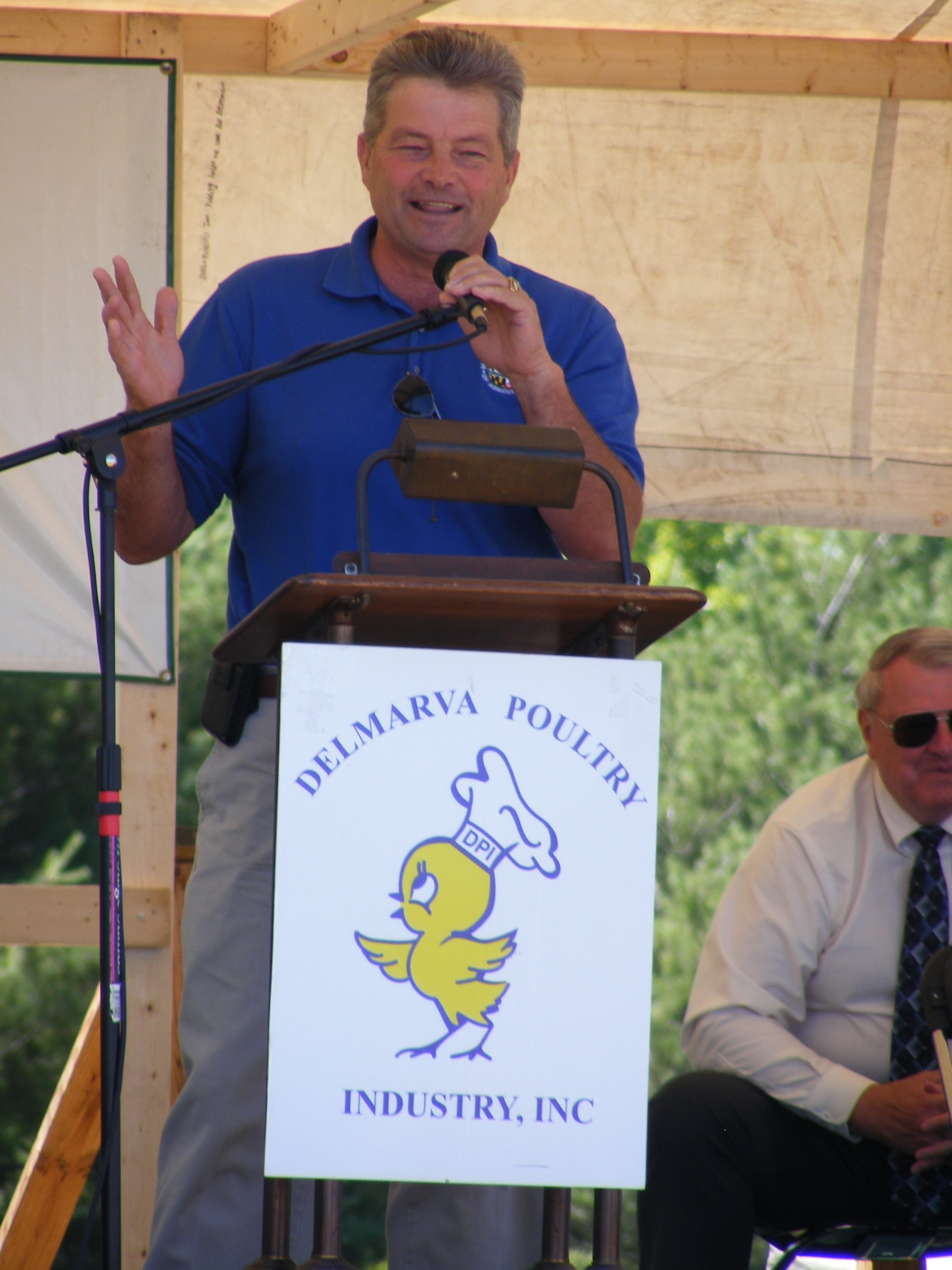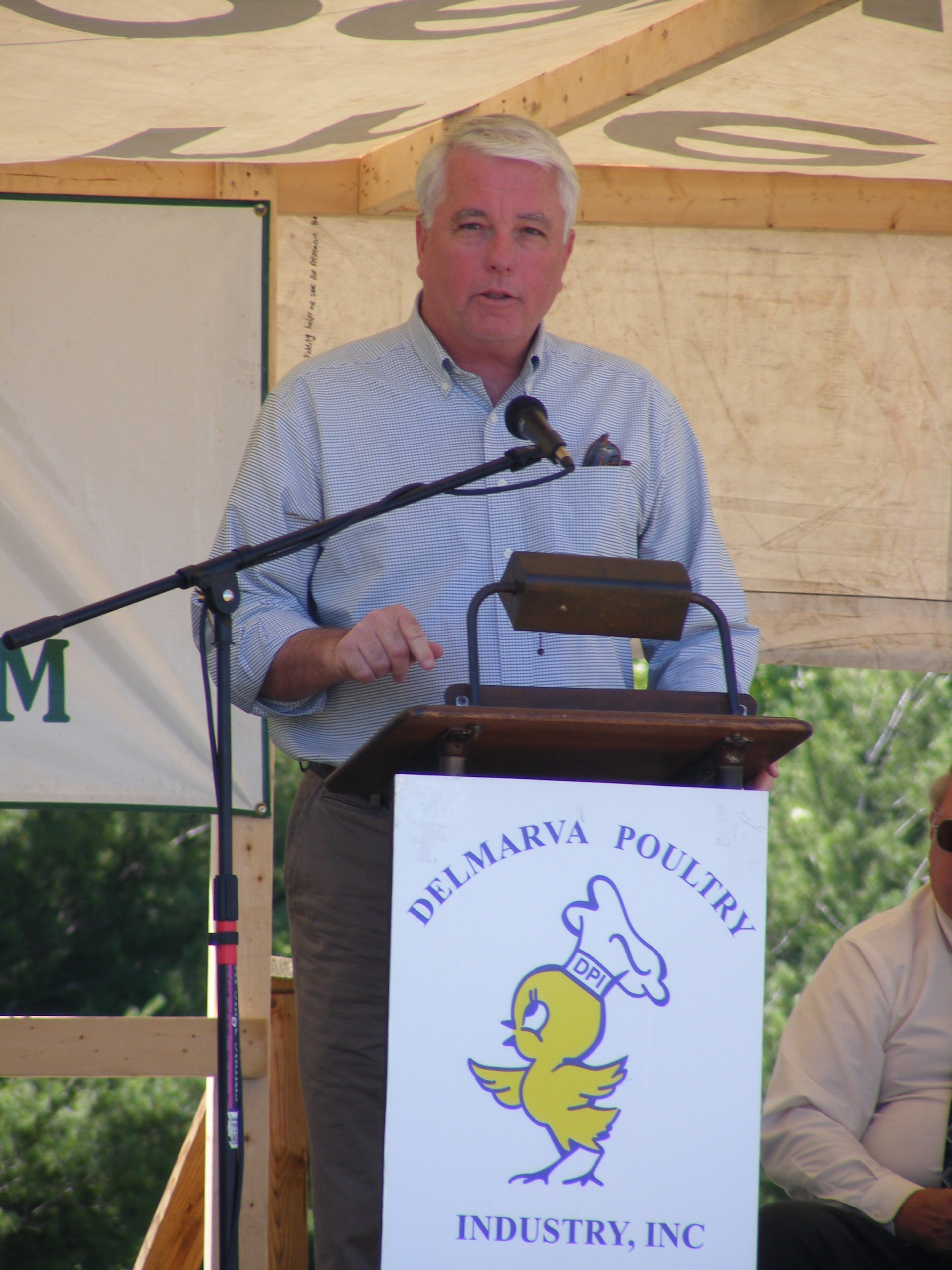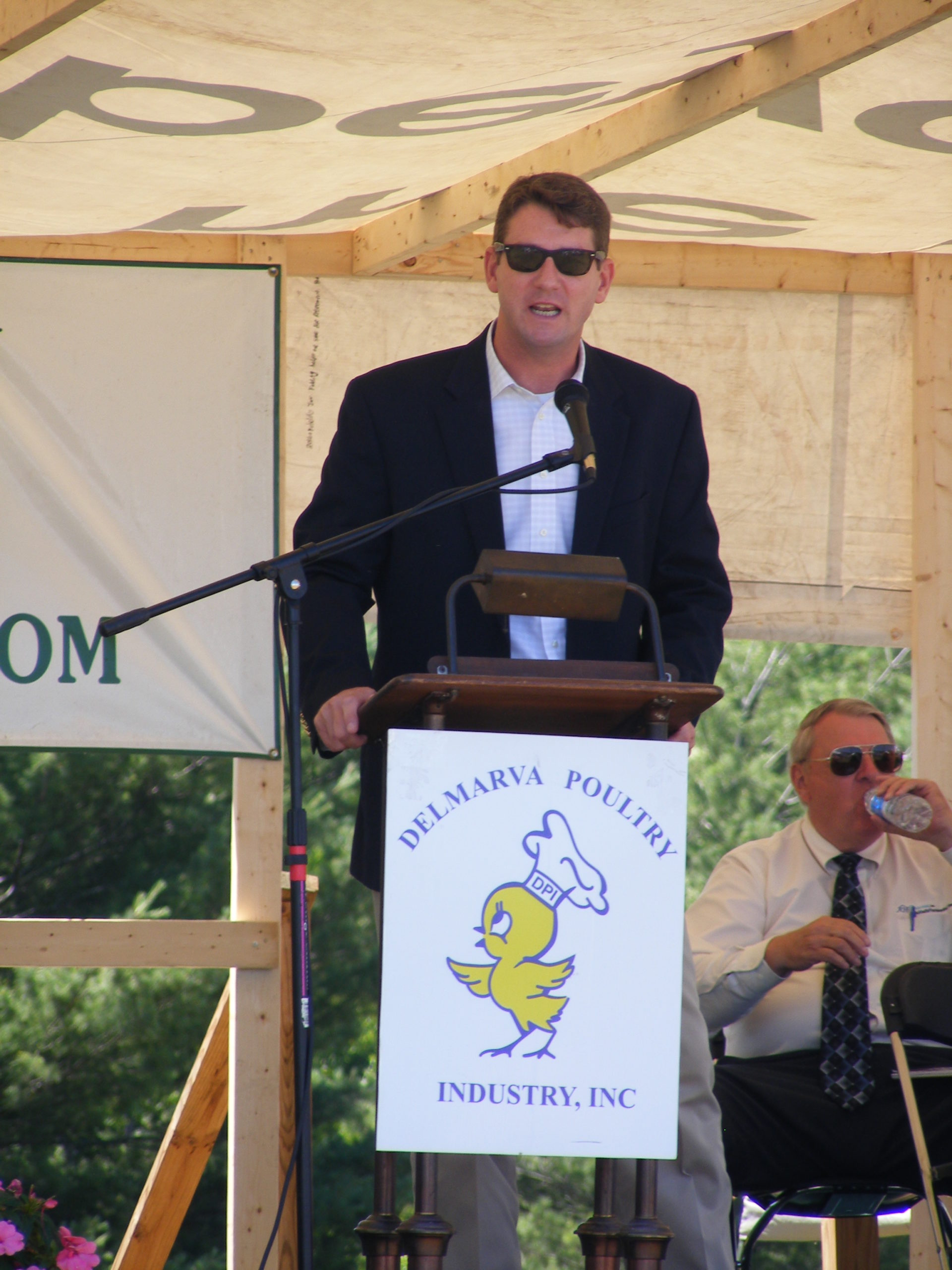For some reason, next week is very busy with meetings in the public interest for local residents.
In fact, that docket begins today with a townhall meeting on the Second Amendment hosted by Congressman Andy Harris and featuring local perspective from Delegates Mike McDermott and Charles Otto. That’s going on at noon today out in Ocean City at the Holiday Inn Oceanfront, 6600 Coastal Highway. I would expect my friend Jackie Wellfonder will have full coverage on her site, since I can’t make it. (Right Coast Conservative beat Jackie to it.)
After catching a breather tomorrow, Monday’s a holiday. But it’s not stopping the Daily Times from hosting the first of two City Council forums, this one for residents in District 1. As reporter Jeremy Cox alerted me, The Daily Times “wants to hear what issues matter most in the Salisbury city elections. Whatever issues are voted on by the community will be put to the candidates for their positions and become newspaper stories ahead of the Feb. 26 primary and April 2 general election. Light refreshments will be served.”
That Monday meeting will be held at the First Baptist Church at the corner of Delaware and Booth Streets in Salisbury from 5-7 p.m. It’s the same location where the NAACP forum was held last month. One thing not made clear is whether mayoral candidates Joe Albero and Jim Ireton would be invited; my assumption is that they are. But since they’re not subjected to the primary they may only come to observe the potential council member they’ll work with from District 1, whether it’s incumbent Shanie Shields, newcomer April Jackson, or the inimitable Cynthia Polk.
On Tuesday there will be a City Council Debate at Perdue Hall (Room 156) on Salisbury University’s campus, sponsored by the Salisbury Area Chamber of Commerce. It will run from 7-8:30 p.m. Questions from the public are encouraged, and can be submitted through either the Chamber’s Facebook page or via e-mail: chamber (at) salisburyarea.com. (Since there’s no mayoral primary, those two candidates will duke it out on March 26, along with the four City Council primary survivors.)
Wednesday turns to a meeting of another sort, as the Wicomico County Council is holding a hearing on the proposed Tier Maps at 6 p.m. in the Midway Room of the Wicomico Youth and Civic Center:
The Sustainable Growth and Agricultural Preservation Act of 2012, commonly referred to as the Septic Bil (sic), enacted by the State of Maryland, may limit the number of residential septic systems allowed on property within the A-1 Agricultural-Rural Zoning District.
The Wicomico County Council will hear public comments regarding the area proposed for limiting septic systems and requests that all interested persons appear at said time and place for the purpose of expressing their views and opinions concerning the matter.
In addition, this legislation may impact the future use and value of your property.
This meeting should bring a lot of spirited discussion, mostly in opposition to the state’s taking over of the approval process (as they have to rubberstamp these tier plans, or else certain developments can’t be approved.)
Finally, Thursday will bring the second of two Daily Times candidate forums as the hopefuls for District 2 take the stage. This event will also be held at the Wicomico Youth and Civic Center from 5-7 p.m. Voters in that district will need to choose between incumbent Debbie Campbell and first-time aspirants Jake Day or Jack Heath.
Wow. I’m not sure I can make all of those events with my outside work schedule – that 5 p.m. Thursday start looks awful tenuous (and that’s my district to boot.) So it may be up to you to see for yourself what all the hubbub is about.


 Albero lamented the absence of his opponent, incumbent mayor Jim Ireton. “I’m sorry that Jim wasn’t able to be here tonight. We were both asked to participate in tonight’s event. Regrettably, Jim felt that campaigning was more important than showing support for this great program and our area youth.”
Albero lamented the absence of his opponent, incumbent mayor Jim Ireton. “I’m sorry that Jim wasn’t able to be here tonight. We were both asked to participate in tonight’s event. Regrettably, Jim felt that campaigning was more important than showing support for this great program and our area youth.”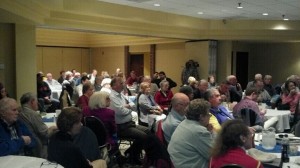 It was a pretty packed house last night for the Wicomico Maryland Society of Patriots meeting, in part because it was a joint meeting with Worcester County’s TEA Party chapter and partly because we had a strident Constitutional defender speaking. That gentleman is familiar to liberty lovers across Maryland as a leader who conceded that the Democrats and unions will be gunning for his seat next year. “They hate me,” said Carroll County Commissioner Richard Rothschild.
It was a pretty packed house last night for the Wicomico Maryland Society of Patriots meeting, in part because it was a joint meeting with Worcester County’s TEA Party chapter and partly because we had a strident Constitutional defender speaking. That gentleman is familiar to liberty lovers across Maryland as a leader who conceded that the Democrats and unions will be gunning for his seat next year. “They hate me,” said Carroll County Commissioner Richard Rothschild.